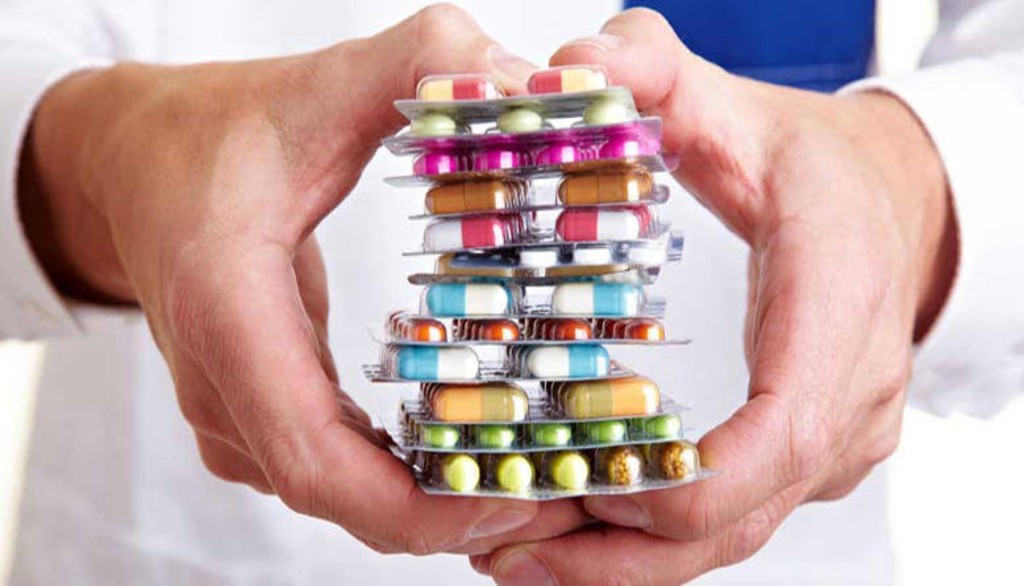
Patna : Once infamous for crumbling health infrastructure and appalling visuals of animals in hospital wards, Bihar’s public health system has undergone a dramatic transformation over the past two decades — driven largely by its pioneering free medicine policy.
The state now provides 611 types of medicines free of cost at government hospitals, the highest in the country, according to the Central Government’s DVDMS (Drugs and Vaccine Distribution Management System) portal, where Bihar has ranked first in drug supply and distribution for five consecutive months.
Introduced in July 2006 following cabinet approval, the free medicine policy has been central to Chief Minister Nitish Kumar’s healthcare reforms since 2005. At its inception, only 47 medicines were available. That number has now grown to include over 600 drugs and 132 types of medical devices and consumables — covering treatment for cancer, cardiovascular diseases, asthma, arthritis, blood clots, and more.
According to data from the Health Department, the state’s annual expenditure on drug procurement and distribution has surged from modest beginnings to Rs 762 crore in 2024–25. Projections suggest this could rise to Rs 1,100 crore in 2025–26 — reflecting a tenfold increase in just five years.
“This expansion means patients, especially from economically disadvantaged backgrounds, no longer have to rely on private pharmacies for essential and often expensive medicines,” a senior health official said. “It’s a major relief for families and a shift towards equitable access to healthcare.”
Prior to 2005, reports of dire hospital conditions were common, with frequent drug shortages and an absence of basic care. But state officials say the free medicine scheme has played a crucial role in reversing that narrative, significantly improving patient outcomes and reducing out-of-pocket expenditure.
The policy ensures that all out-patient (OPD) and in-patient (IPD) departments are stocked with the full range of essential and life-saving drugs. In 2008, the state listed 33 types of drugs for OPD and 112 for IPD — figures that now pale in comparison to today’s provision.





